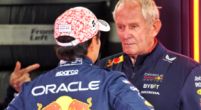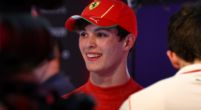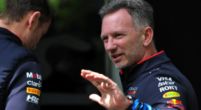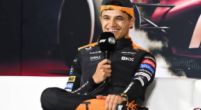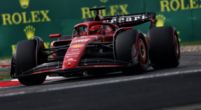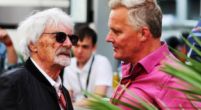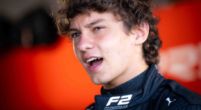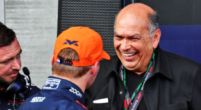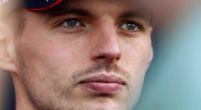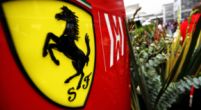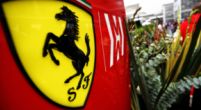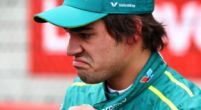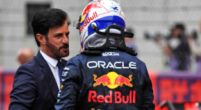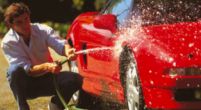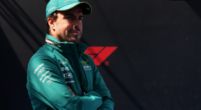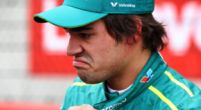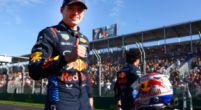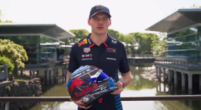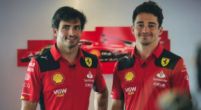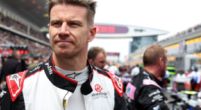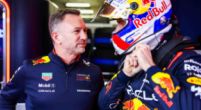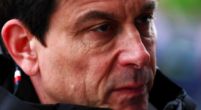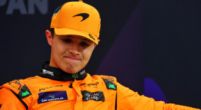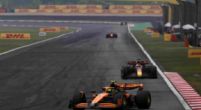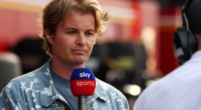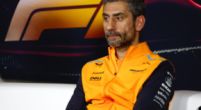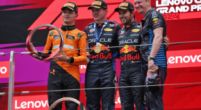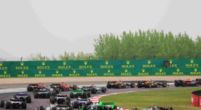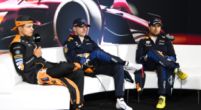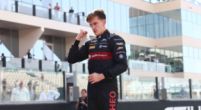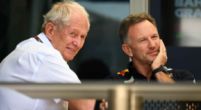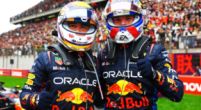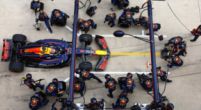Column
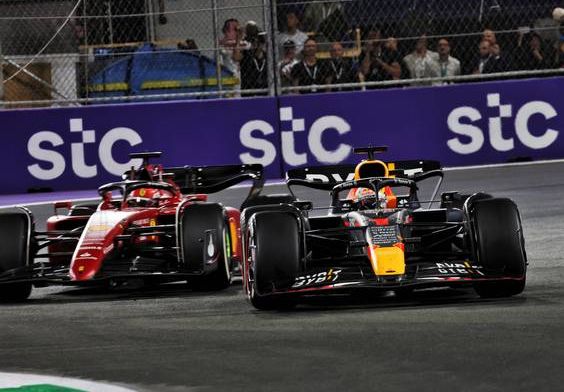
Analysis | How Verstappen's downforce set-up allowed him to beat Leclerc
The 2022 Saudi Arabian Grand Prix saw one of the closest finishes in Formula 1 over the last 10 years and that in itself is quite remarkable. Brand new regulations, different philosophies between Red Bull and Ferrari and totally different set-ups yet they finish within half a second of each other. That is the kind of racing Formula 1 aimed to deliver when the pen was first put to paper on these new regulations.
Those that thought, or expected, one team to ace the changes and run away in this new era have been proved wrong after tight races and brilliant battles in two rounds. But let’s not get carried away. The development curve on these new cars will be sharp and steep. It will be interesting to see whether Ferrari and Red Bull stay together as development begins under a cost cap.
Teams now have two weeks on the drawing board before the Australian Grand Prix. Perhaps we will start to see the fruits of that work in Melbourne, Imola and Miami before the bigger packages are launched in Barcelona for round six. Mercedes will be hoping they can accelerate the development as quickly as possible.
Set up differences in Saudi Arabia
The Jeddah track is the fastest street circuit that Formula 1 visits. Average speeds in qualifying are over 250 km/h with drivers climbing above 310 km/h on three separate occasions during a single push lap. Over 80% of the lap is spent at full throttle and many of the corners can be taken flat-out given the soft angle
With this high speed and therefore crucial DRS zones, teams have to make a more important decision in balancing the downforce levels. On most circuits around the world, the delta between a lap with all DRS zones in play and a lap with no DRS zones in use is relatively small. But in Saudi Arabia, the difference is more pronounced.
All three sectors are pretty quick, but the first is slightly slower with tighter turns. The first corner is particularly tight, and then the drivers have to flick the steering wheel in the opposite direction almost immediately to take the second corner. There are elongated chicanes throughout the circuit, this one is one of the tightest. To have better confidence in this sector, drivers might opt for a higher downforce setting on their cars. Going down this route should also help them during the Grand Prix because it would mean the tyres do less sliding and therefore should last longer.
Sectors 2 and 3
However, in the following two sectors, having a high downforce is negative. Without DRS, it becomes difficult for the cars to dump drag and they will therefore lose time during the faster areas of the circuit. This means that during the race, when DRS isn't available regularly, a high downforce reduces performances in sectors two and three.
Right from FP2, we saw that Ferrari were running with a higher downforce in comparison to Red Bull. In FP2, Charles Leclerc led the way in the twistier sector one, before Max Verstappen pulled time back in sector two. The final sector was close, but the Dutchman had a small advantage. The race demonstrated a similar trend whereby Leclerc was able to pull away in sector one, and for a short time, this speed allowed him to have the upper hand over Verstappen in the battle for the win. Eventually, Verstappen closed the gap enough in sectors two and three to make the overtake down the home straight.
On lap 44 just before the run down to the turn 13 hairpin, Leclerc had a 0.400-second advantage. At the last corner, this gap had reduced to around half a-tenth. Verstappen’s patience and tyre management allowed him to make the most of his speed in sectors two and three as the lap counter ticked down.
When F1 last visited Jeddah four months ago, Verstappen aced the single lap speed and thrashed Hamilton's pole position time. The Dutchman crashed at the final corner but was about to beat Hamilton by around three-tenths. Due to set-up, Hamilton had much better race pace and got through fairly easily. With Verstappen struggling in Q3, it seems like Red Bull learnt to play the long game in Jeddah.

